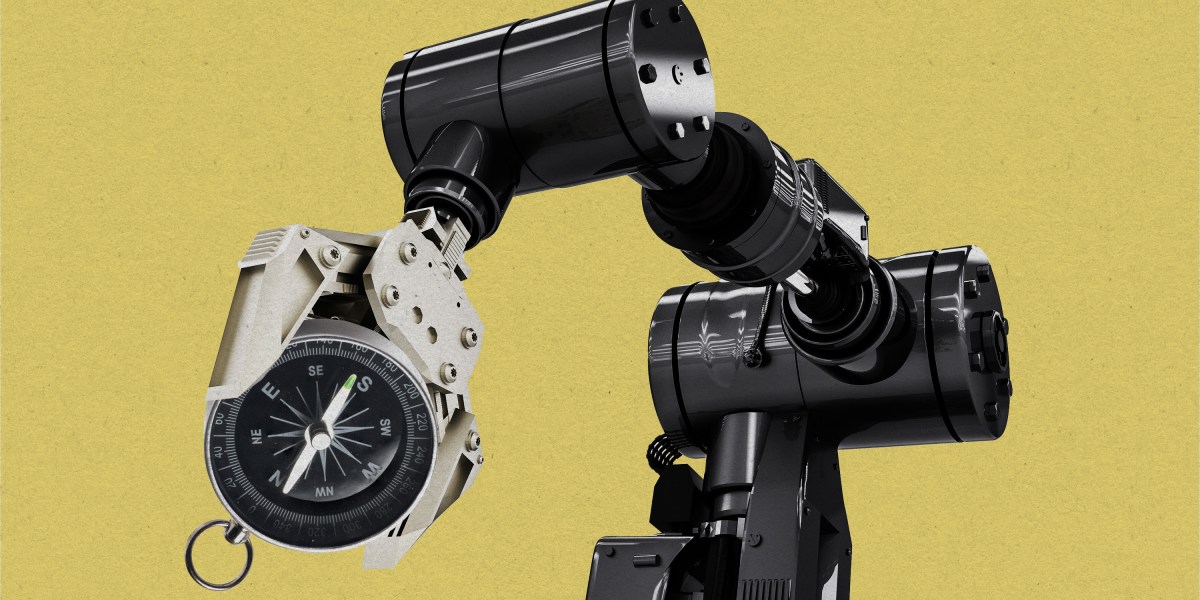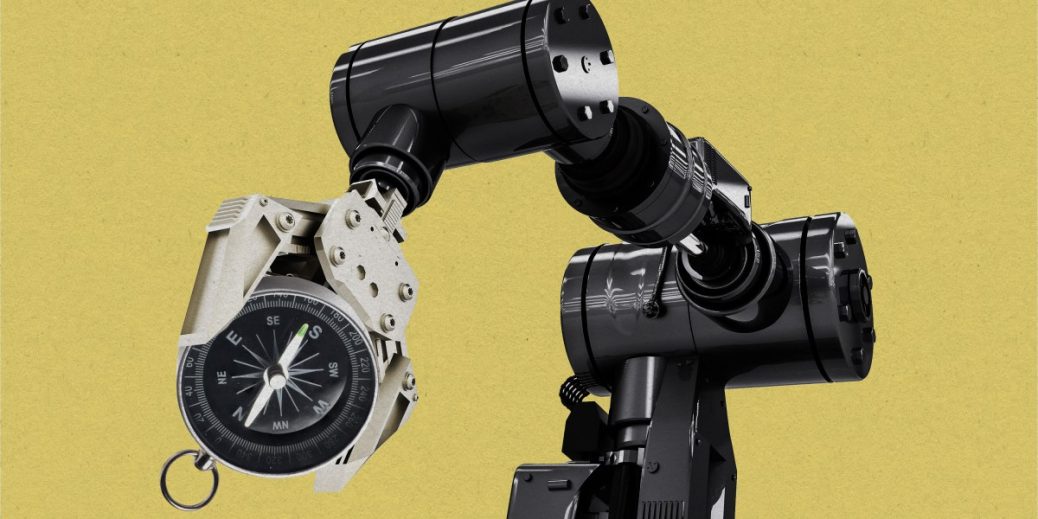
What’s new: It’s tricky to get robots to do things in environments they’ve never seen before. Typically, researchers need to train them on new data for every new place they encounter, which can become very time-consuming and expensive. Now, researchers have developed a series of AI models that teach robots to complete basic tasks in new surroundings without further training or fine-tuning.
What they achieved: The five AI models, called robot utility models, (RUMs), allow machines to complete five separate tasks: opening doors and drawers, and picking up tissues, bags and cylindrical objects in unfamiliar environments with a 90% success rate.
The big picture: The team hope their findings will make it quicker and easier to teach robots new skills while helping them function within previously-unseen domains. The approach could make it easier and cheaper to deploy robots in our homes in future. Read the full story.
—Rhiannon Williams
Flu season is coming—and so is the risk of an all-new bird flu
September will soon be drawing to a close. The kids are back to school, and those of us in the Northern Hemisphere are experiencing the joys the end of summer brings: the cooling temperatures, the falling leaves, and, inevitably, the start of flu season.
In the US, the Centers for Disease Control and Prevention recommends the flu vaccine for everyone over six months old. This year, following the spread of the “bird flu” H5N1 in cattle, the CDC is especially urging dairy farm workers to get vaccinated.
The goal is not only to protect those workers from seasonal flu, but to protect us all from a potentially more devastating consequence: the emergence of a new form of flu that could trigger another pandemic. That hasn’t happened yet, but unfortunately, it’s looking increasingly possible. Read the full story.





Recent Comments